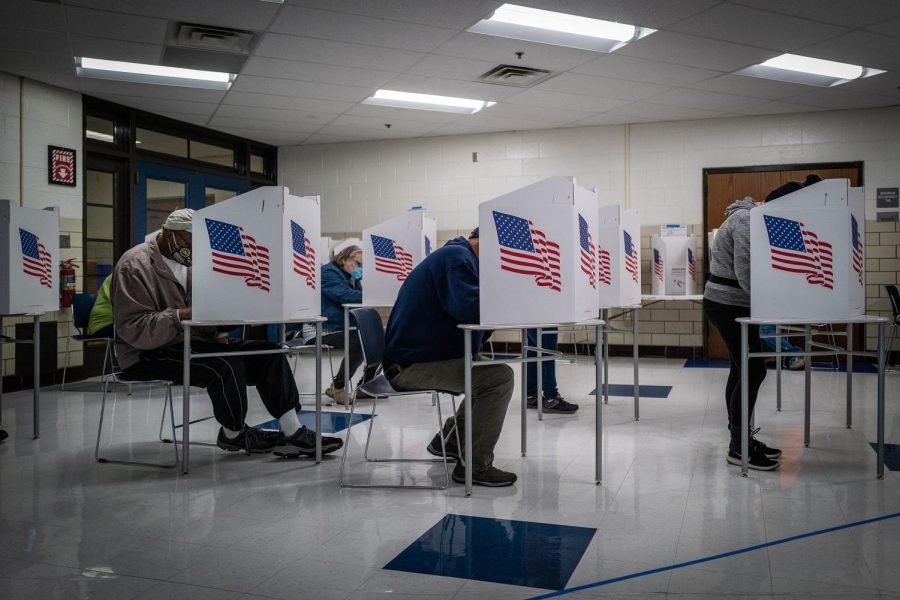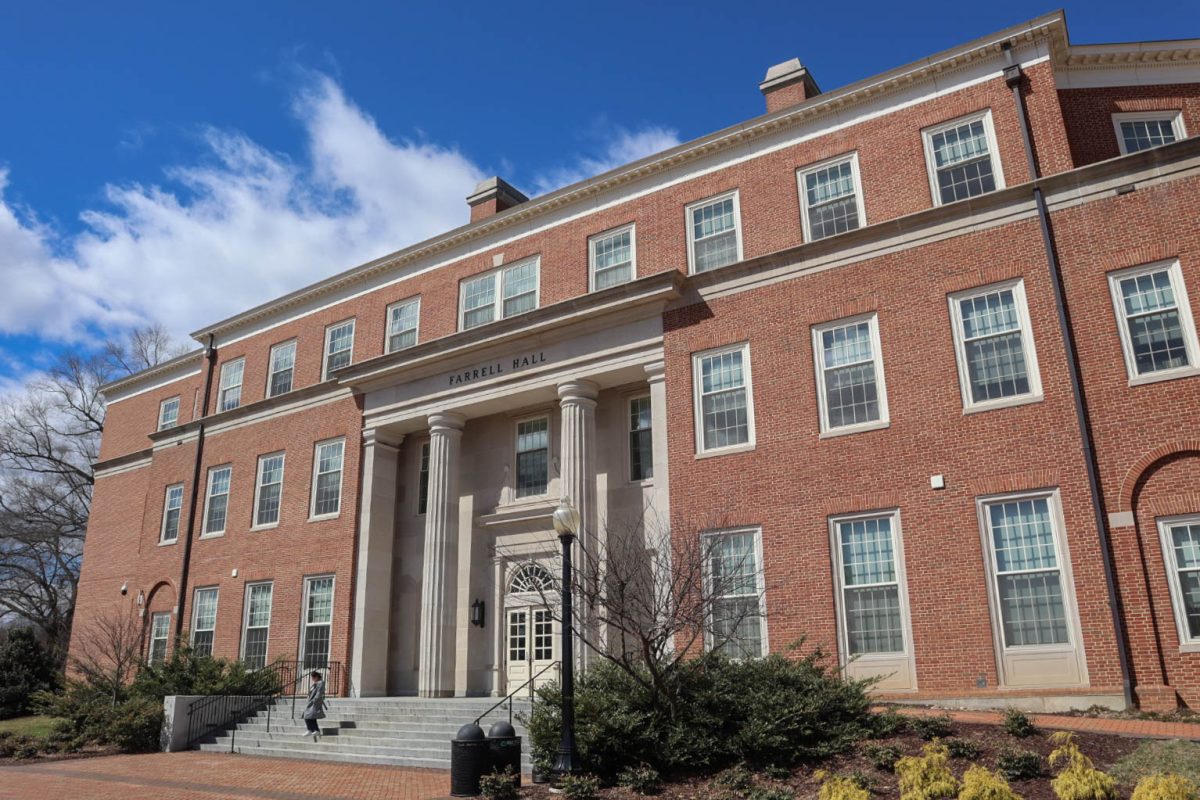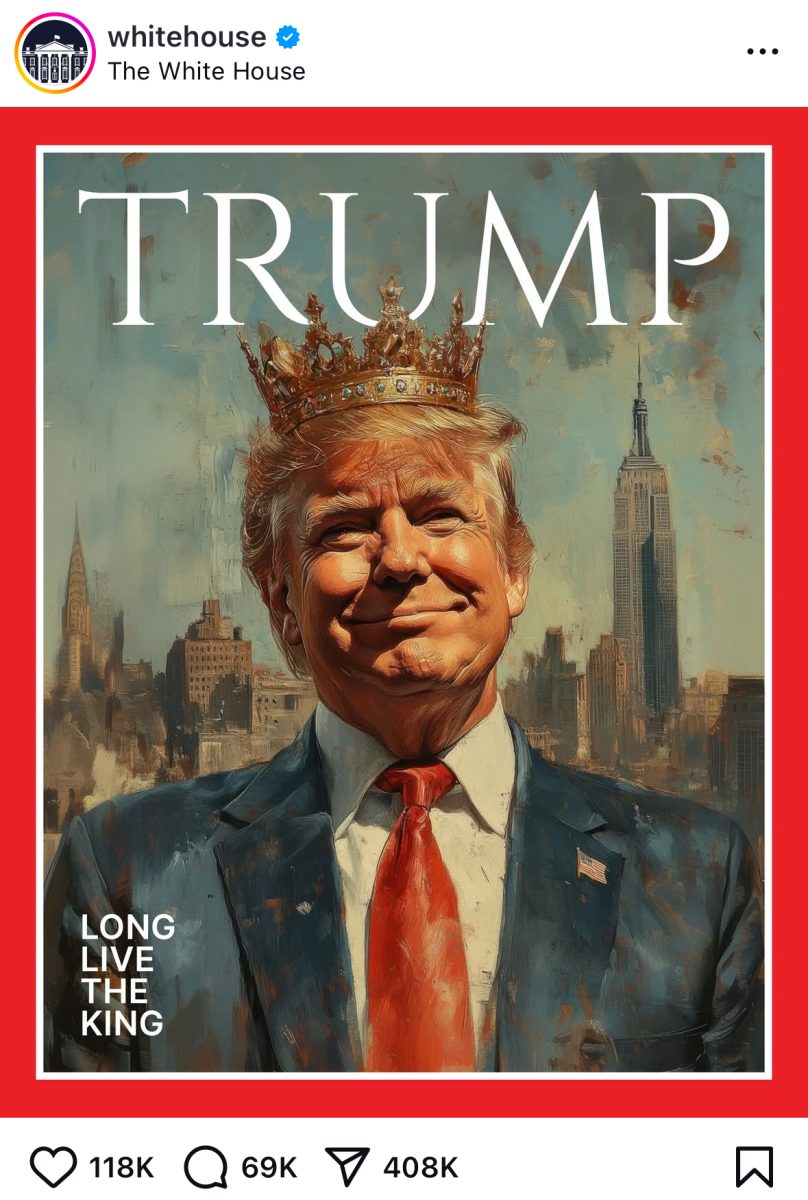As the 2024 presidential election approaches, candidates are focusing more and more on North Carolina. Historically, it’s always been considered a swing state but tends to swing towards the Republican party. This election, however, will be different.
In 2020, former President Donald Trump won the state’s 15 electoral votes by a mere 74,000 votes out of 5.5 million casted. This came as a disappointment to the former President, as he had previously won North Carolina in 2016 by 173,000 votes — displaying that his margin of victory shrunk significantly from 3.6% in 2016 to 1.3% in 2020.
How and why is North Carolina voting more blue?
For one, cities such as Durham, Charlotte and even Winston-Salem are seeing a shift in demographics, as younger and more diverse populations move to the Tar Heel State. Back in 2000, Al Gore won the popular vote in the Raleigh-Durham metro area by less than a point. In 2020, President Joe Biden won the same area by a margin of 27 points. Similar trends occurred in Charlotte — an area that once voted for former President George W. Bush by a margin of three points in 2000 voted for Biden by 36 points in 2020. With a greater shift expected by 2024, there is little doubt that North Carolina’s statewide elections will be among the closest races in the nation.
Candidates are taking every opportunity they get to gain more popularity within the state. Biden has made more than six trips to the state for voter outreach and community events. Florida Gov. Ron DeSantis and Trump have, similarly, touted their great success and appreciation for the state during campaign rallies this summer.
In the end, however, whether North Carolina actually swings blue will be determined by a multitude of factors — voter turnout, the economy, demographics, campaign strategies and national trends. For now, the parties will wait with bated breath — the state’s 15 electoral votes could quite possibly be the deciding factor in the presidential election.











